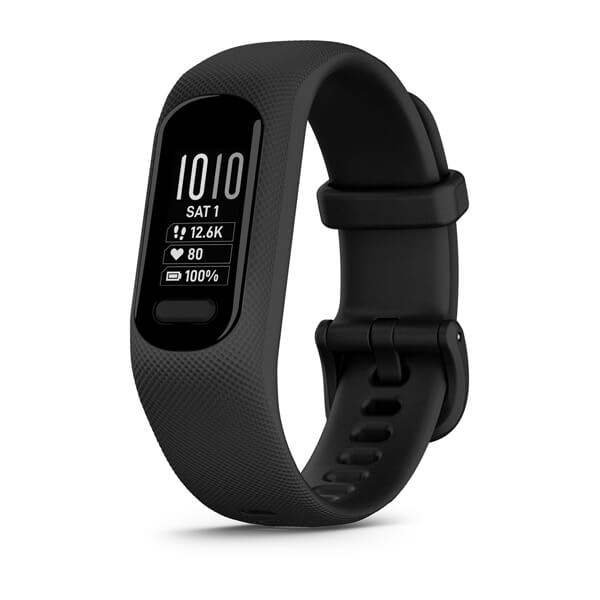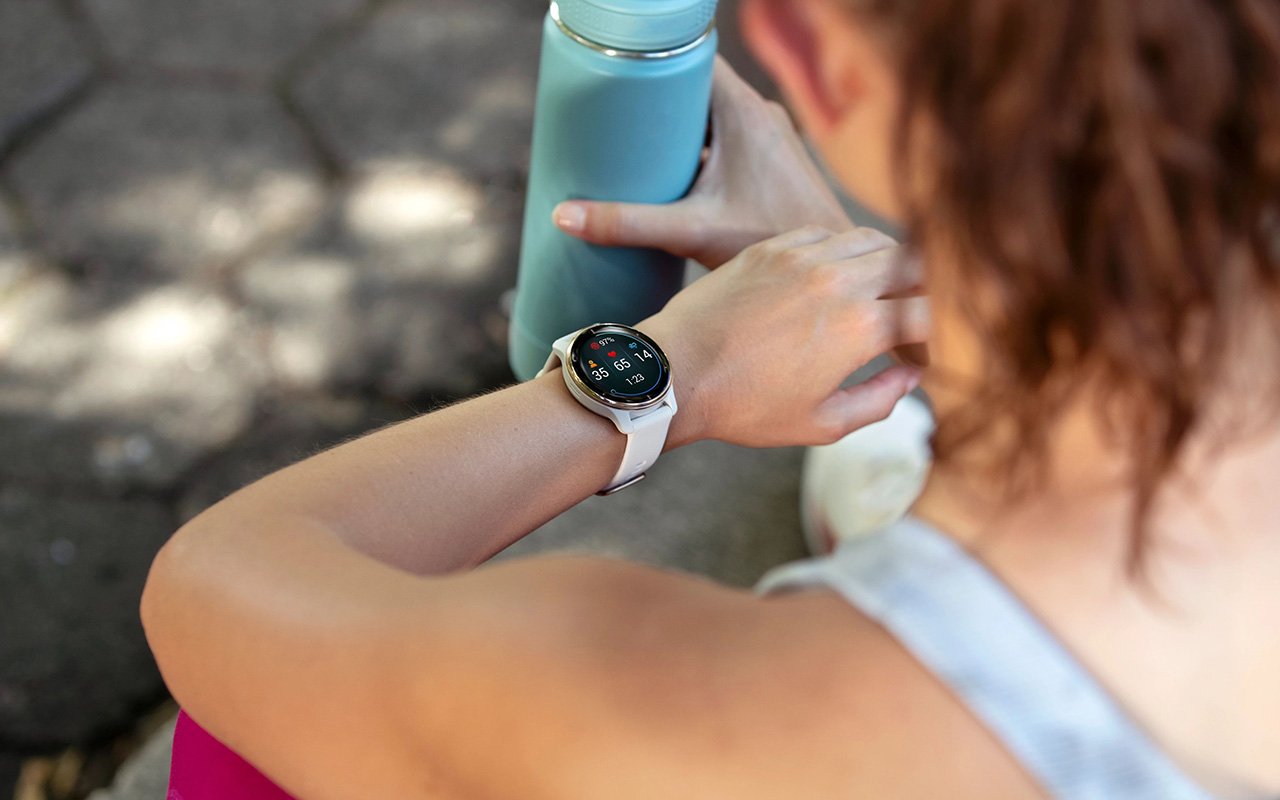
Increased Physical Activity Improves Quality of Life in Patients with Congenital Heart Defects
Using Garmin smartwatches, researchers have found that tracking activity levels in cardiovascular patients can help lead to better self-reported quality of life.
The German Heart Centre in Munich, in collaboration with the Technical University of Munich (TUM), is at the forefront of cardiovascular care, particularly when it comes to congenital heart defects (CHDs). The two institutions have been using Garmin watches to monitor physical activity in patients for years, beginning in pediatrics with the Garmin vívofit® jr. fitness tracker and transitioning more recently to vívofit® 3 and vívosmart® 5 for adults.
Initial studies conducted with children using the Garmin vívofit jr. found that wearing comfortable, easy-to-use activity trackers resulted in 88.1% of study participants meeting the World Health Organization’s recommendation of 60 minutes of physical activity per day. This success led to further research into how physical activity is related to the quality of life in children with CHDs. Ultimately, children who are more physically active report better overall quality of life. Every minute of moderate-to-vigorous physical activity was associated with a 1% increase in reporting a better quality of life.
Leading this research charge is Professor Jan Müller, whose research focus centres around vascular stiffness as a key cardiovascular risk factor, while underscoring the health benefits of establishing physical activity early in life for overall well-being.
“To ensure the best long-term outcomes and improve patients’ quality of life, it’s crucial to adopt a holistic approach to their health,” says Müller. Studies have shown that almost all patients with congenital heart defects can engage in the same recommended activity levels as everyone else — a fact that, combined with what the team has learned regarding better quality of life, makes it vital to be able to track this activity with Garmin smartwatches.
Below, Müller discusses his work with the German Heart Centre and TUM, and the pivotal role Garmin plays in these research projects.
Q: What are congenital heart defects?
Congenital heart defects are heart or nearby blood vessel issues present from birth, often emerging during early pregnancy. They range from mild to life-threatening, potentially needing surgery and long-term care. Advances in medical technology have boosted survival and quality of life for individuals with CHDs, resulting in a thriving CHD community. Given the chronic nature of these conditions, lifelong care is vital, spotlighting the significance of ongoing research.
Q: What data from Garmin smartwatches helps inform your research?
When looking at physical activity in patients with CHD, the central parameter for our research is movement: steps and activity minutes. In intervention studies with movement components, both heart rate for training control and cardiac arrhythmia play an important role with regard to patient safety. Lack of exercise is an important, if not the main, risk factor for cardiovascular diseases such as heart attacks and strokes. Fitness trackers and smartwatches prove valuable, because they are cost-effective, durable and provide more reliable data compared to questionnaires. This is particularly beneficial to secure funding in scientific research, given their affordability and demonstrated effectiveness in numerous studies.
Q: Can you explain the significance of movement data in relation to your work with CHD patients?
The data on movement is of central importance for us and the clinical management of patients with congenital heart defects. This is due to the life expectancy of patients improving massively and diseases of the cardiovascular system becoming relevant for this population. Through large-scale studies, we are increasingly more able to understand the topic of exercise and find ways and means to increase the level of exercise in a targeted manner.
Q: Could you elaborate on the advantage you’ve identified in using Garmin fitness trackers?
A decisive advantage that has come from the study is the discovery that individuals can take part in studies on movement without being stigmatised by bulky medical-grade accelerometers used in previous studies. In addition, the ability for individuals to connect their fitness trackers via Fitrockr, a leading platform solution for wearable health data research, allows for the direct synchronisation of data in a cloud — which is invaluable for further scientific evaluation.
We chose Garmin because it was the only company that offered a fitness tracker specifically for children with the vívofit jr. and its subsequent models. These are also very well-received by children and young people, who wear them willingly. In previous studies on movement, the accelerometers we used were not attractive and were worn around the waist like a belt. This was not only awkward to use but it was often difficult for the participants to explain why they were wearing the device without addressing their illness. A chic and subtle fitness tracker is not unpleasant in this respect and doesn’t stigmatise chronically ill patients while wearing it in their everyday lives.
Q: Looking ahead, what do you see as future developments in the research of patients with congenital heart defects and physical activity?
We have now collected activity data for more than six years and know a lot about the general exercise behaviour of our patients. In the future, it will be important to break this down more precisely: at what time of day is someone active, and on which days. Only then will it be possible, and this should also be our aim, to increase activity behaviour with personalised interventions. The technical possibilities for this are only available now — not six years ago when we started measuring.
Could Garmin wearable technology and the Garmin Health Connected Ecosystem play a vital role in your next health or clinical study? Contact us today to find out more.
Alternatively, if you want to learn more about related projects, visit www.garmin.com/third-party-studies-overview for more research projects with Garmin Health. In addition, all information on research and clinical trials can be found here.
Garmin devices are not designed or intended to monitor or diagnose diseases or any medical conditions. Find information on metric accuracy here.





